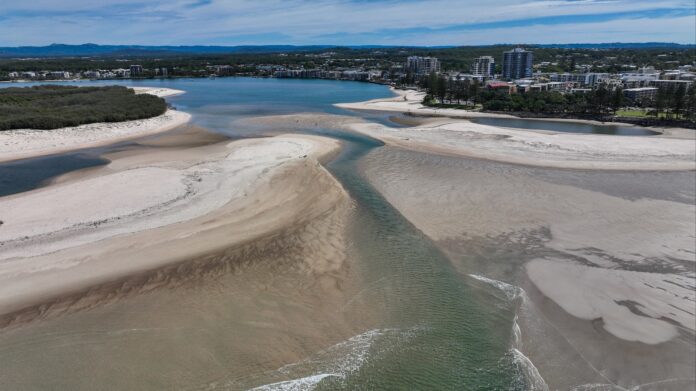A local geographer says the Caloundra Bar could be sealed with sand for a long time, and tests have been conducted on the water quality in the area.
The bar, between Happy Valley and Bribie Island, has been filling with sand since a tidal breakthrough at the island became the dominant entrance to the Pumicestone Passage last year.
Recent photos show, especially at low tide, just how much sand had shifted on to the bar.
Kings Beach resident Stephen Swayne said he could walk freely across the passage there.
“At the start of summer, the water was over my waist at low tide, and then it was calf deep but now I can literally walk across and not get my feet wet,” he said.
“The sand is really building up.”
He said it appeared to impact water quality around tourist hub Bulcock Beach, although a Department of Environment and Science spokesperson told Sunshine Coast News the water quality was unaffected.
“It can get quite murky there and green on the seabed,” Mr Swayne said.
“It’s unpleasant to walk beyond a certain depth because it’s slimy on the bottom. There’s no fast-flow flushing anymore.
“If you go swimming at low tide, the bottom is quite sludgy.”
He was concerned the northern reaches of the passage could become a “backwater”.
“The major concern is the water quality at Bulcock Beach over time. If it does get permanently closed off there (at the bar), it would be the ultimate dead end,” he said.
“What do you do, unless you start putting in a lot of money to try and prevent sand migration?”
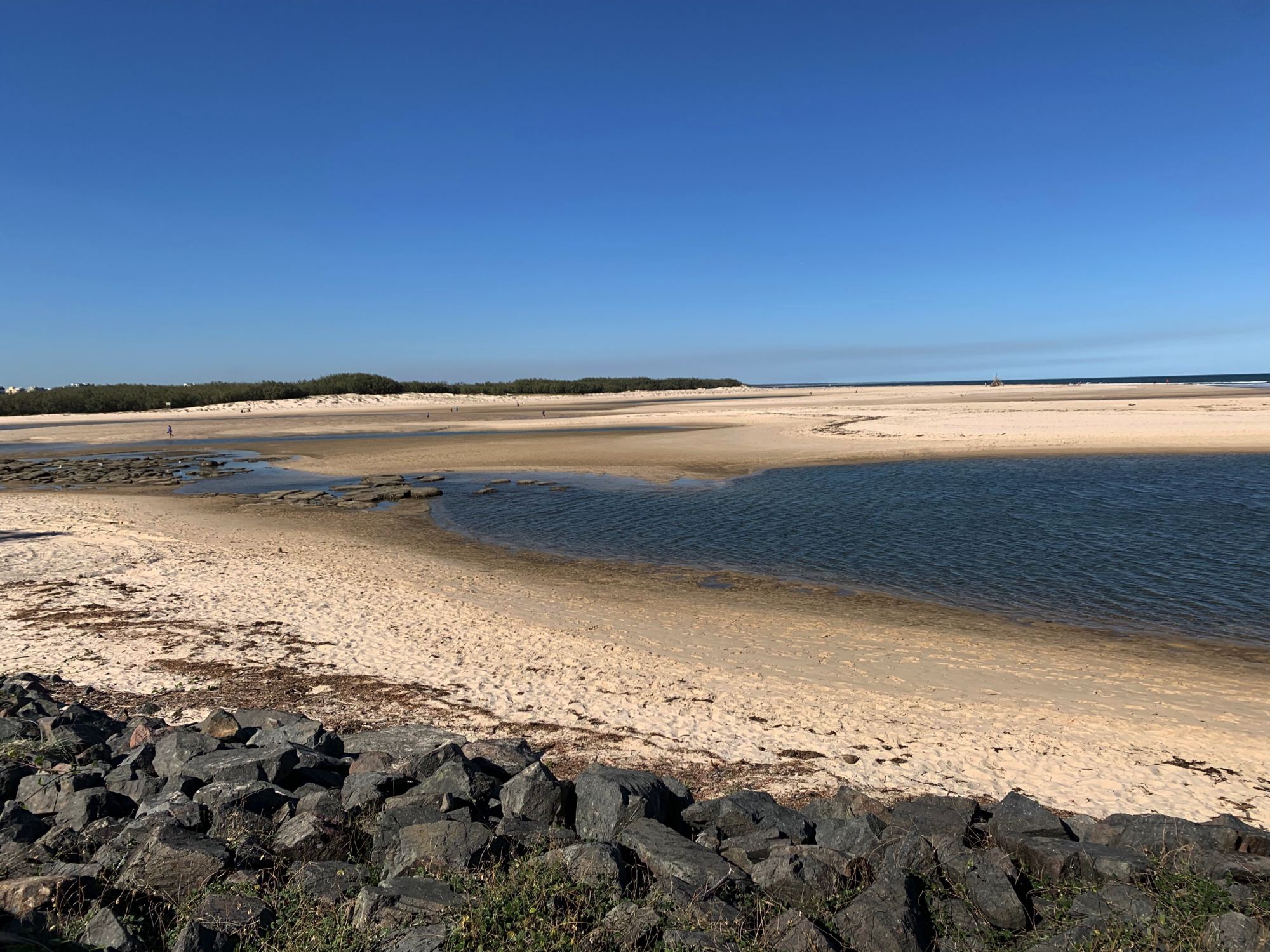
University of the Sunshine Coast senior lecturer Javier Leon said the bar could close completely for a long period of time.
“This might be a scenario,” he said.
“As for when exactly? We need more information to precisely predict that.”
“From anecdotal information, I am aware that water quality has been negatively impacted, particularly during very low tides,” he said.
“Less water flowing can result in the accumulation of biomass and pollutants that can have adverse impacts in the community.”
He said there could be more telling impacts on the passage and its surrounds if the bar closed completely for a long time.
“Water quality can be negatively impacted, which will have ramifications to the local ecosystems and communities,” he said.
“Transportation will become a big issue as well, with the Coast Guard blocked for direct access to the open ocean.”
“I suspect more data and modelling will be needed to answer this,” he said.
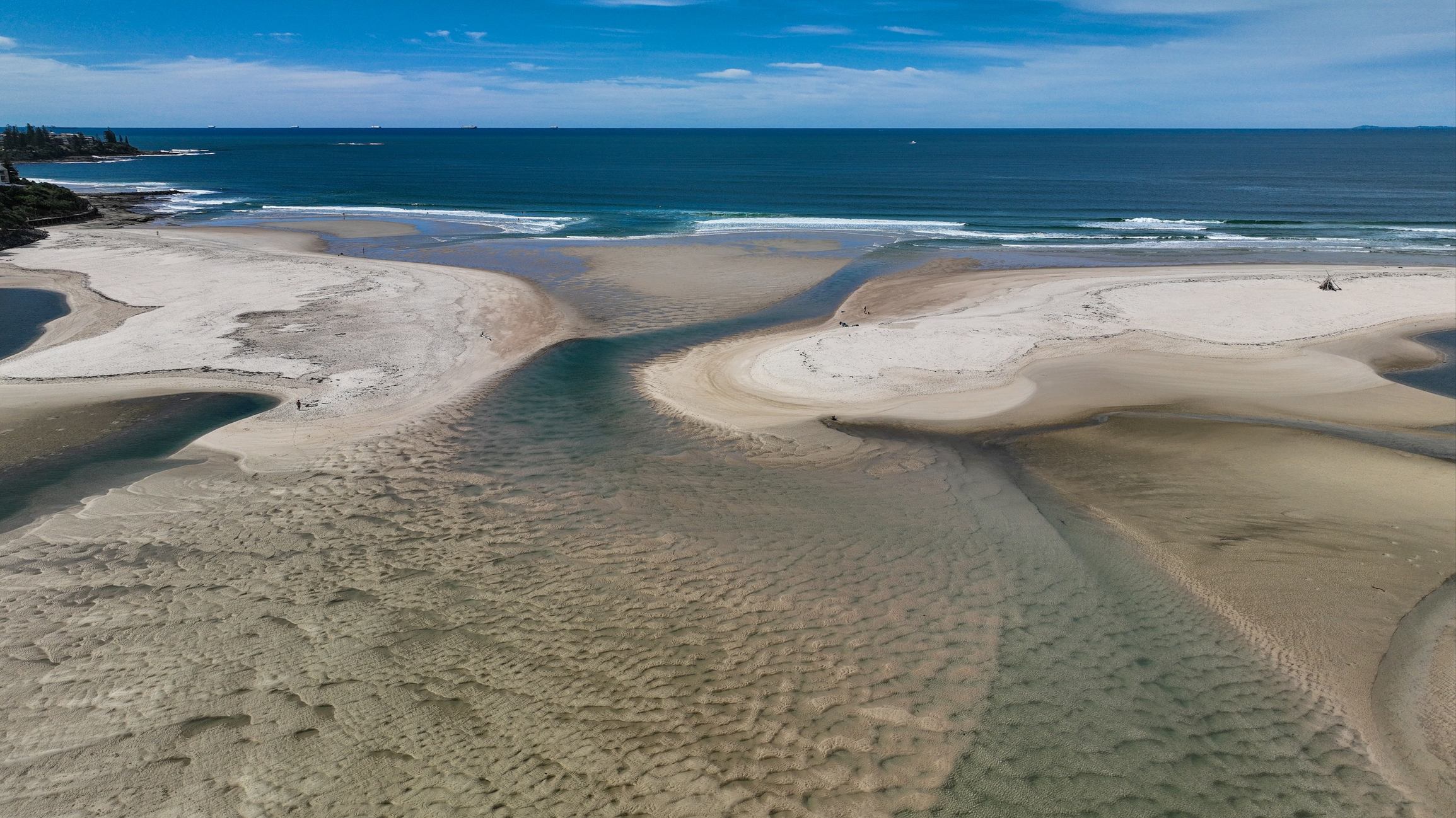
A Department of Environment and Science spokesperson said it was difficult to say if the bar could fill up with sand completely, and said water quality in the area had been unaffected.
“Due to the reduced tidal outflow at the Caloundra Bar, the large sand banks seaward of the entrance are being pushed into the entrance by wave action (and) this is infilling the tidal channel,” they said.
“These are dynamic systems which continue to change over time, so it is difficult to say if the entrance will close completely.
“These changing conditions are part of a natural process and, as such, DES is not considering any remedial works but will continue to monitor the situation.”
The spokesperson said water quality tests had been carried out.
“Water quality monitoring data, collected by DES from the most northern site in Pumicestone Passage, does not indicate a decreasing trend in water quality in this area,” they said.
“Monitoring will continue to be undertaken and the results publicly reported as part of the long-term Environmental Health Monitoring Program.”
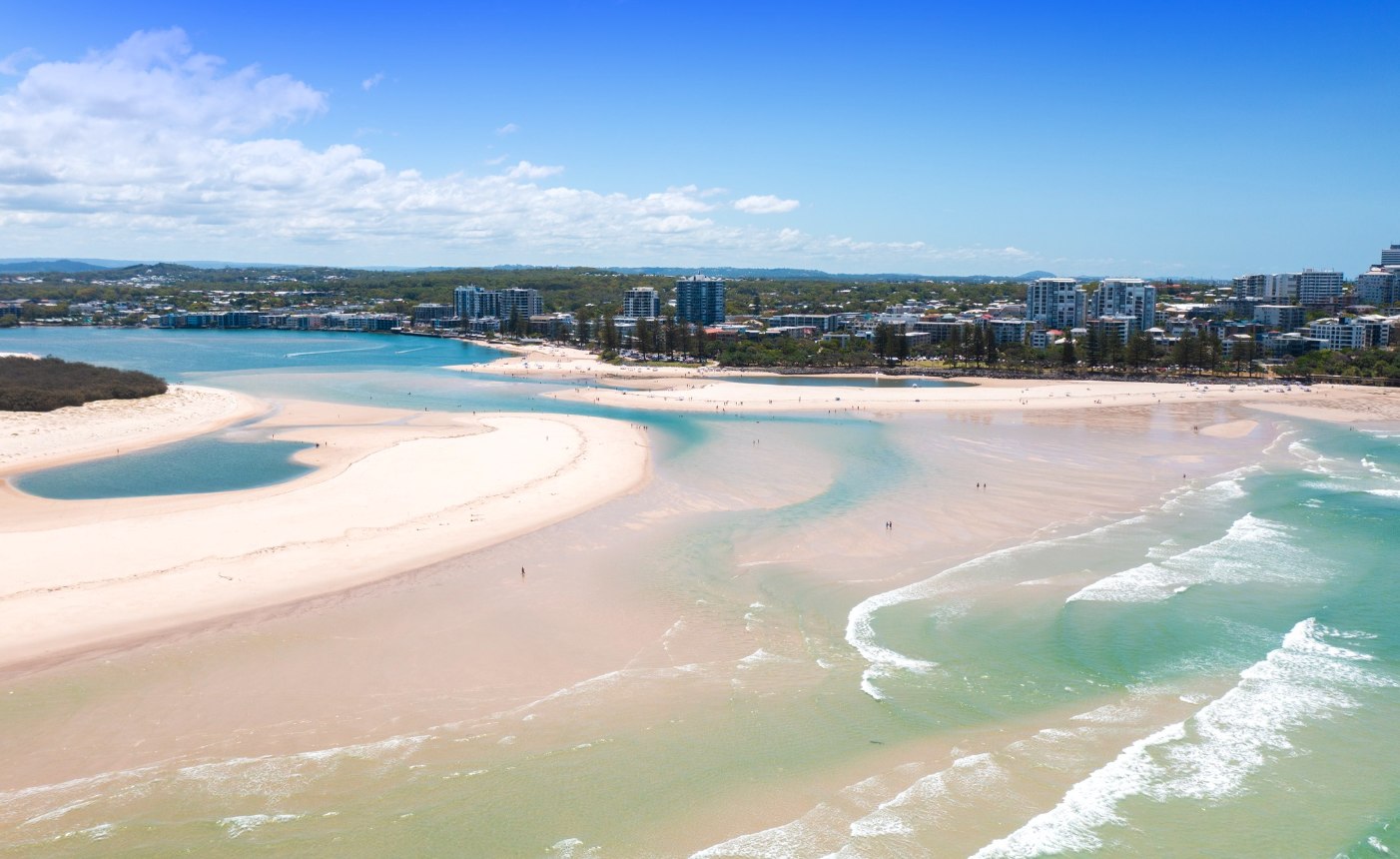
The spokesperson said any recent changes to water quality were likely due to wild weather.
“The northern end of the passage is subject to regular tidal changes and run-off from major rain events, which can temporarily impact local water quality,” they said.
The spokesperson also said rangers had “not observed any impacts on local marine wildlife resulting from the passage’s changing coastal conditions”.
Dr Leon agreed no action should be taken in relation to the build-up of sand at the bar, for now.
“I think no major interventions should be done now. If major issues arise, there might be a need to artificially manage the opening of the bar as it is currently done on ICOLLs (intermittently closed and open lakes and lagoons) such as Currimundi.
“However, as this is not strictly an ICOLL, managing the bar might prove challenging.”
Foreshore erosion
Perhaps more pressing is the possibility of further erosion on the mainland, after the tidal breakthrough ripped through the island, which had acted as a buffer to the elements.
“We can expect increased erosion along Golden Beach as they have become more exposed to ocean energy,” Dr Leon said.
“The magnitude of the erosion depends on the characteristics and timing of the storm events.”
He said there were options to counter erosion there.
“The most appropriate set of solutions needs to be assessed by the authorities based on solid evidence.
“It is very important to get the input from local communities and experts in this process.”
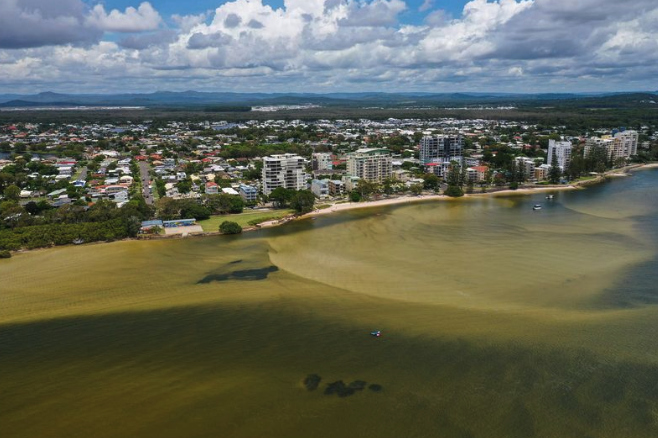
A Sunshine Coast Council spokesperson recently told Sunshine Coast News that it was monitoring the passage and acting on erosion via a Coastal Hazard Adaptation Strategy and the Bribie Island Breakthrough Action Plan.
The plans included a raft of measures being implemented to help manage the impacts of increased water levels and tides at Golden Beach.
Recent and planned works include dredging, an upgraded seawall, improved drainage and a coastal hazard analysis.
Meanwhile, Maritime Safety Queensland continues to monitor the conditions in the passage and around the island, moving navigation aids as required.
Help us deliver more news by registering for our FREE daily news feed. All it requires is your name and email at the bottom of this article.


